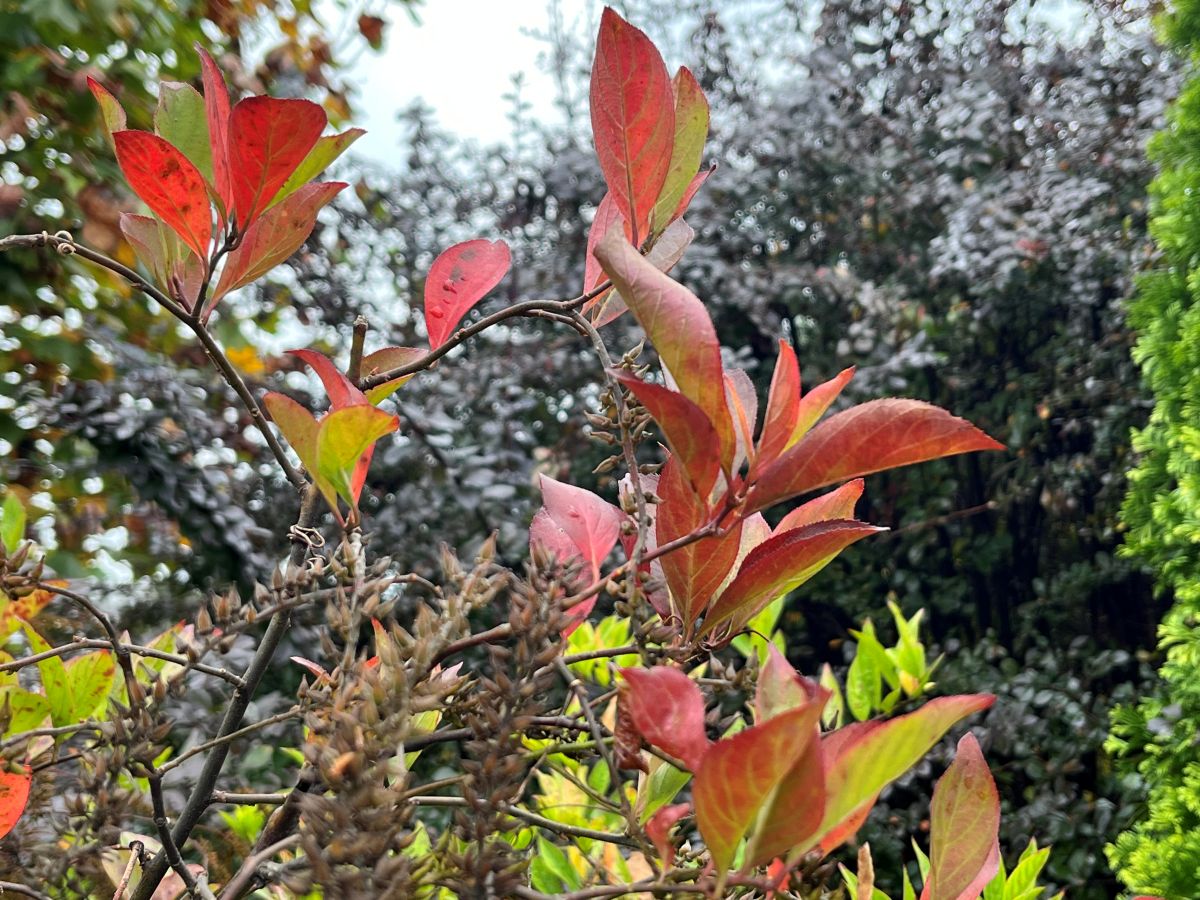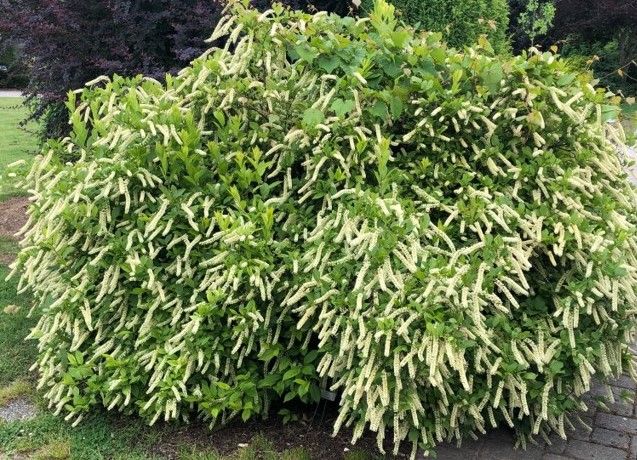
UT Gardens’ October Plant of the Month
Submitted by Shalena Durkot, garden coordinator, UT Gardens, Crossville
KNOXVILLE, Tenn. – We are fortunate to live in an area that gets to enjoy four different seasons, and who doesn’t love the beautiful hues of fall? Whether you enjoy gold, orange, red or purple, Itea virginica does not disappoint.
Itea virginica is commonly called Virginia sweetspire for its fragrant white, arching blooms that appear in late spring to early summer. It is a native deciduous to semi-evergreen shrub that is found in swampy meadows, wet woodlands and stream banks from New Jersey to Florida and west to southern Illinois. This shrub is hardy in zones 5 to 9.
Virginia sweetspire prefers rich, slightly acidic, humusy soils in part sun to part shade but tolerates a wide range of soil conditions and pH levels. Best flowering occurs with four to six hours of sun per day.
It is one of the most attractive and versatile of our native shrubs. The moderate size, adaptability and multi-season interest make Virginia sweetspire a favorite of gardeners. Use as a hedge or mass planting, woodland or wildlife garden, areas with poor drainage or for bank stabilization.
The blooms are adored by butterflies, and the seeds are eaten by birds. Its suckering habit and tolerance for excess moisture makes it an excellent choice for erosion control. However, root suckers are easily removed to control spread. Other pruning should be done after flowering, as it blooms on the previous year’s growth. There are no significant pest or disease problems, making it very easy to grow.

In the wild, Virginia sweetspire can grow to eight feet. In production, it will typically grow three to six feet. The species is rarely sold, but there are several recommended cultivars, some of which can be found at each of the Garden’s locations.
Try some of these recommended cultivars:
- ‘Fizzy Mizzy’ – petite size growing two to three feet, early bloom time with abundant upright flowers.
- ‘Henry’s Garnet’ – award-winning, brilliant reddish purple fall color, and larger flowers.
- ‘Little Henry’ – compact growth two to three feet, brilliant red fall foliage.
- ‘Merlot’ – grows three to four feet, burgundy-red fall color.
- ‘Scentlandia’ – fabulously fragrant, brighter fall color, compact/round habit, grows to three feet.
The UT Gardens includes plant collections located in Knoxville, Crossville and Jackson, Tennessee. Designated as the official botanical garden for the State of Tennessee, the UT Gardens are part of the UT Institute of Agriculture. The Gardens’ mission is to foster appreciation, education and stewardship of plants through garden displays, educational programs and research trials. The Gardens are open during all seasons and free to the public. For more information, see the Gardens website: utgardens.tennessee.edu.
The University of Tennessee Institute of Agriculture is comprised of the Herbert College of Agriculture, UT College of Veterinary Medicine, UT AgResearch and UT Extension. Through its land-grant mission of teaching, research and outreach, the Institute touches lives and provides Real. Life. Solutions. to Tennesseans and beyond. utia.tennessee.edu.